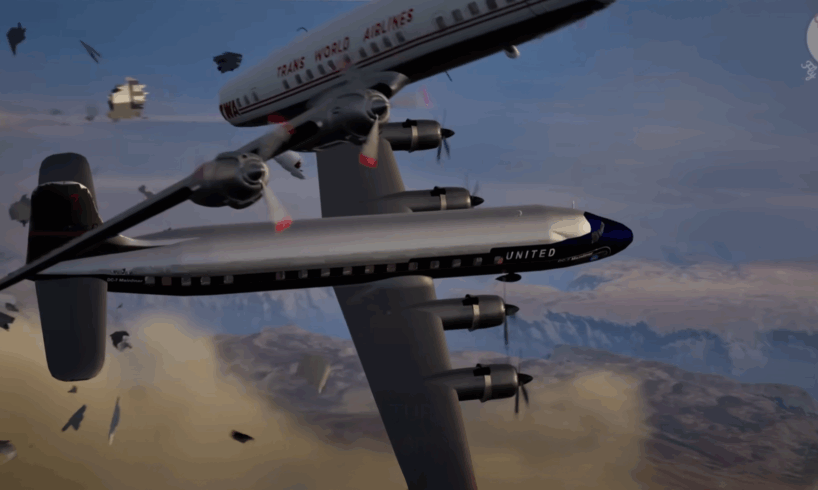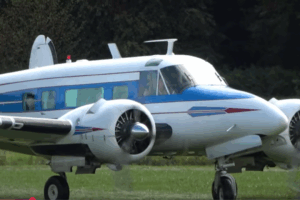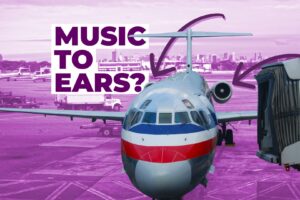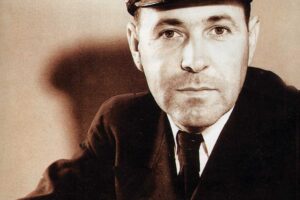
On June 30, 1956, a devastating mid-air collision over the Grand Canyon National Park claimed the lives of all 128 people aboard two commercial airliners, a Trans-World Airlines (TWA) Lockheed Super Constellation and a United Airlines Douglas DC-7. The catastrophic event, which occurred around 10:30 a.m. in uncontrolled airspace, marked the deadliest commercial airline incident in U.S. history at the time and served as a grim catalyst for sweeping reforms in air traffic control and aviation safety regulations.
The two aircraft departed Los Angeles International Airport just minutes apart, with TWA Flight 2 bound for Kansas City and United Air Lines Flight 718 en route to Chicago. Both planes were operating under Visual Flight Rules (VFR), a system where pilots are responsible for maintaining separation from other aircraft, often relying on the “see and be seen” principle. However, factors such as flying off their designated routes, potentially to offer passengers better views of the Grand Canyon, and the presence of clouds at high altitudes, contributed to the pilots’ inability to see each other in time to avoid a collision. The investigation revealed that the United DC-7’s left wing clipped the TWA Super Constellation’s tail, causing the TWA plane to break apart and plummet to the canyon floor. The United DC-7 also crashed, scattering wreckage across the rugged terrain.
The immediate aftermath of the crash was horrific, with no survivors and the difficult task of identifying the victims. Mass funerals were held, and many unidentified victims were interred in plots near the Grand Canyon. The lack of flight recorders and radar data in 1956 presented significant challenges for investigators attempting to reconstruct the events leading up to the collision. Despite these difficulties, the investigation concluded that the accident was a direct result of an inadequate air traffic control system that could not effectively manage the rapidly growing volume of air traffic.The Grand Canyon disaster starkly exposed the vulnerabilities of the existing air traffic control system, which was ill-equipped to handle the increasing number of commercial flights. Prior to this tragedy, mid-air collisions, though not as catastrophic, were a recurring problem in U.S. aviation. The sheer scale of the Grand Canyon collision, however, shocked the nation and galvanized efforts to modernize air traffic management.
In response to the disaster, significant legislative and administrative changes were enacted. President Dwight D. Eisenhower’s administration had already been considering improvements to air traffic control, and the Grand Canyon crash intensified the urgency. This led to the establishment of the Federal Aviation Agency (FAA) in 1958, consolidating oversight of civilian and military flights and implementing more robust air traffic control procedures. These reforms, born from the ashes of the 1956 collision, have been instrumental in making commercial aviation the safest mode of transportation today.



